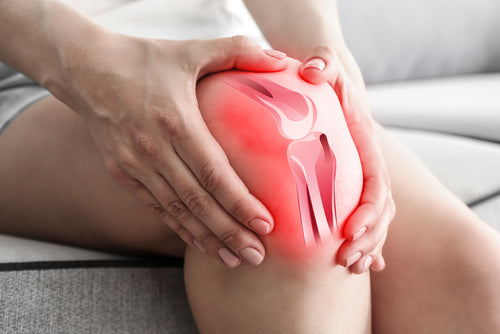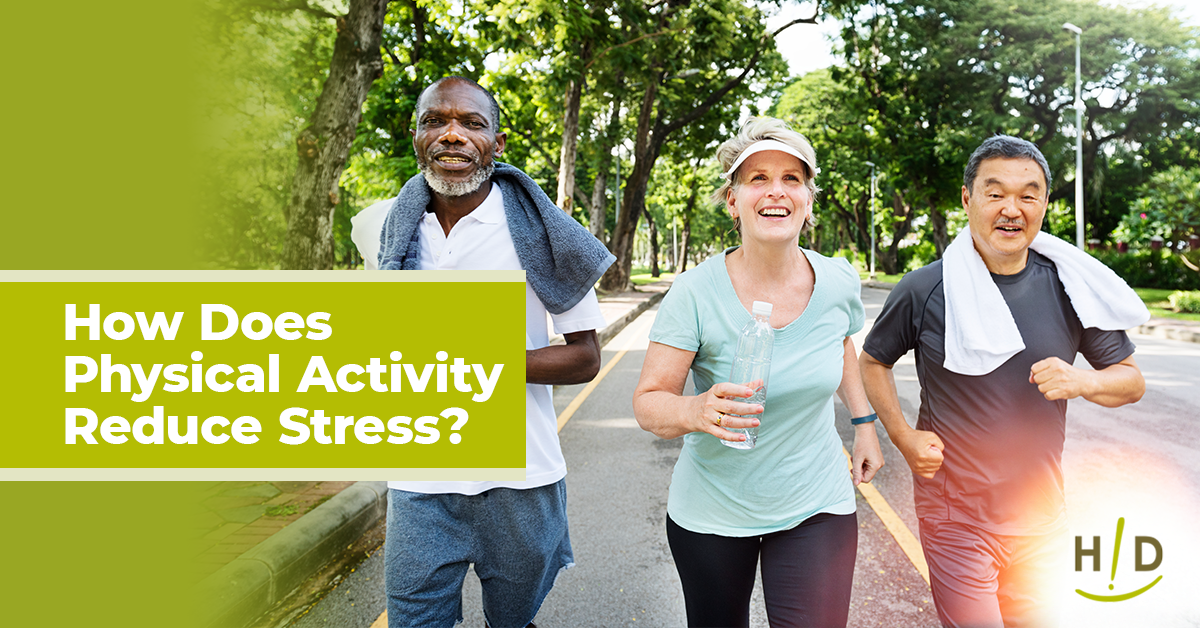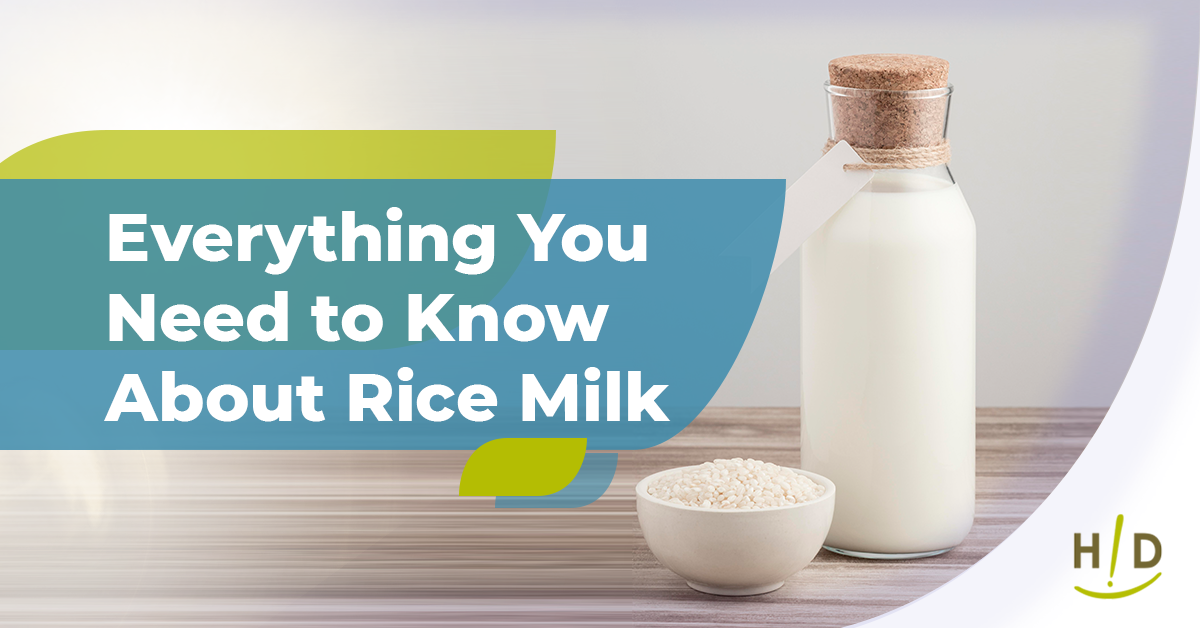Your overall joint health is very important as joints form the connections between bones and provide support and help you move. While they may seem simple in structure, joints are complicated body parts. Any damage to them due to disease, injury, or an active lifestyle can interfere with your movement and cause significant amounts of pain and a loss of functionality. A lifetime of walking, exercising, playing sports, and simply moving can take a toll on your cartilage—the smooth, rubbery connective tissue covering the ends of bones. The degeneration of cartilage can cause chronic inflammation in the joints, which may lead to arthritis. As reported by WebMD, many different conditions can lead to painful joints, including osteoarthritis, rheumatoid arthritis, bursitis, gout, strains, sprains, and other injuries. Joint pain is widespread. In one national survey, about one-third of adults reported having joint pain within the past 30 days. Knee pain was the most common complaint, followed by shoulder and hip pain, but joint pain can affect any part of your body, from your ankles and feet to your shoulders and hands. Painful joints may become a challenge as you get older. According to the Centers for Disease Control and Prevention (CDC), about 30 million adults in the United States suffer from osteoarthritis (OA), the most common form of arthritis, which is known as degenerative joint disease.
Symptoms Your Joints Might Be Deteriorating
The fundamental causes of joint deterioration are inflammation and cartilage damage brought about by one or more of the risk factors outlined below. Your doctor may closely examine your affected joint to review symptoms, checking for tenderness, swelling or redness, and range of motion as a result, there might be a recommendation for imaging and lab tests and even an x-ray or Magnetic Resonance Image (MRI). The symptoms caused by osteoarthritis often develop slowly and worsen over time:- Pain: Your joint may hurt during or after movement.
- Tenderness: Your joint may feel tender when you press lightly on it.
- Stiffness: Joint stiffness may be most noticeable when you wake up in the morning or after a period of inactivity.
- Loss of flexibility: You might find you're not able to move your joint through its full range of motion.
- Grating sensation: You may hear or feel a grating sensation when you extend or flex the joint.
- Bone spurs: Small pieces of bone, which feel like hard lumps, may form around the affected joint.
Risk Factors for Joint Problems
Factors that may increase your risk of osteoarthritis and other joint degradation include:- Older age: The risk of osteoarthritis increases with age.
- Sex: Women are more likely to develop osteoarthritis, though the reasons are not yet understood.
- Obesity: Carrying extra body weight contributes to osteoarthritis by putting added stress on weight-bearing joints, such as your hips and knees. Also, fat tissue produces proteins that may create harmful inflammation in and around your joints.
- Joint injuries: Injuries, such as those that occur when playing sports or resulting from an accident, may increase the risk of osteoarthritis. Even wounds from many years ago that you thought had healed can increase your risk of osteoarthritis.
- Certain occupations: If your job places repetitive stress on a particular joint, that joint may eventually develop osteoarthritis.
- Some people inherit a tendency to develop osteoarthritis.
- Bone deformities. Some people are born with malformed joints or defective cartilage, which can increase the risk of osteoarthritis.
Treatment of Joint Deterioration
While there is no cure for osteoarthritis and other joint conditions, doctors usually treat symptoms with a combination of therapies, many of which most challenging in the beginning. A better place to start before diving into these may be as simple as the Hallelujah Diet® Joint Health Supplement. From the rave reviews of the product, you’ll learn that dozens of users experienced miraculous relief from their pain and joint stiffness. In addition to the supplementation, you could consider the treatment options suggested below by the Centers for Disease Control and Prevention (CDC):- Increasing physical activity
- Physical therapy with muscle strengthening exercises
- Weight loss
- Medications, including over-the-counter pain relievers and prescription drugs
- Supportive devices such as crutches or canes
- Surgery (if other treatment options have not been effective)
Management of Pain and Symptoms
To help manage your pain and reduce your symptoms, HealthLine suggests that you might want to try some lifestyle adjustments to make things easier on your joints and bones. These adjustments can improve function, as well as your quality of life, and include:- Exercise: Low-impact exercise can help strengthen muscles and keep bones healthy. Exercise also improves joint mobility. Avoid heavy-impact activities, such as tennis and baseball, and begin doing more low-impact exercises. Golfing, swimming, yoga, and cycling are all easier on the joints.
- Heat/cold therapy: Apply warm compresses or cold packs to joints when they are sore or painful. Doing this can help relieve pain and reduce inflammation.
- Assistive devices: Using devices such as braces, splints, and canes can help your body support weak joints.
- Rest: Giving painful, sore joints adequate rest can relieve pain and reduce swelling.
- Weight loss: Losing as few as five pounds can help decrease the symptoms of arthritis, especially in large joints like the hips and knees.











1 comment
Pamela Sundberg
Some of the biggest contributors of joint pain … esp osteoarthritis is our diet… fake foods, bad salts, sugars and HF corn syrup, GMO foods… so much of what the good industry calls food… even when called “healthy” is a huge culprit in our arthritic joints… getting back to fresh fruits and vegetables may be the only solution!… it isn’t easy, however…. Pamela
Some of the biggest contributors of joint pain … esp osteoarthritis is our diet… fake foods, bad salts, sugars and HF corn syrup, GMO foods… so much of what the good industry calls food… even when called “healthy” is a huge culprit in our arthritic joints… getting back to fresh fruits and vegetables may be the only solution!… it isn’t easy, however…. Pamela